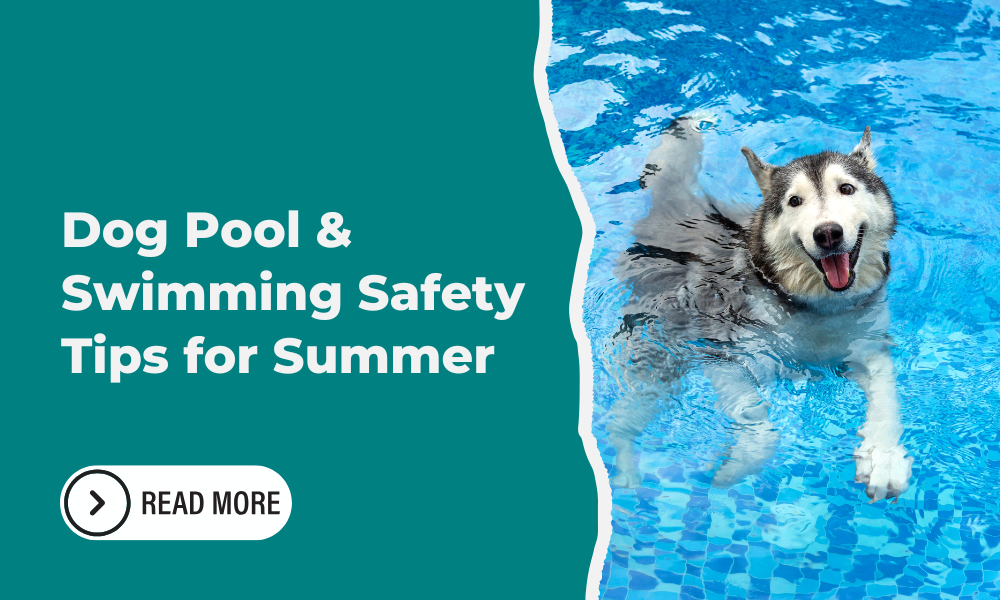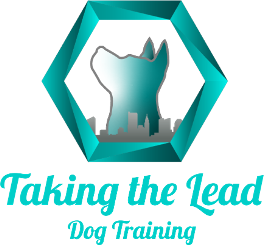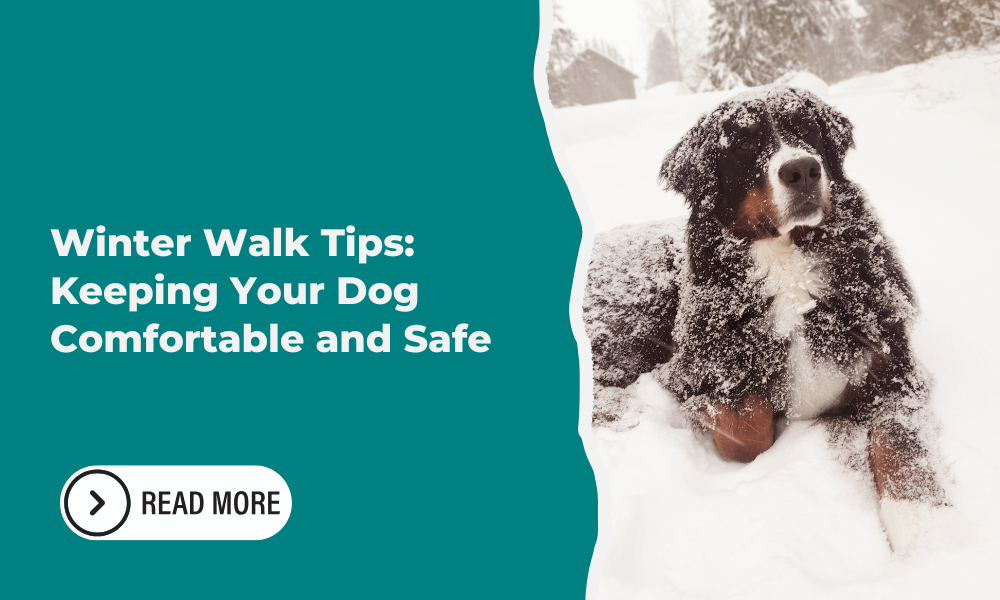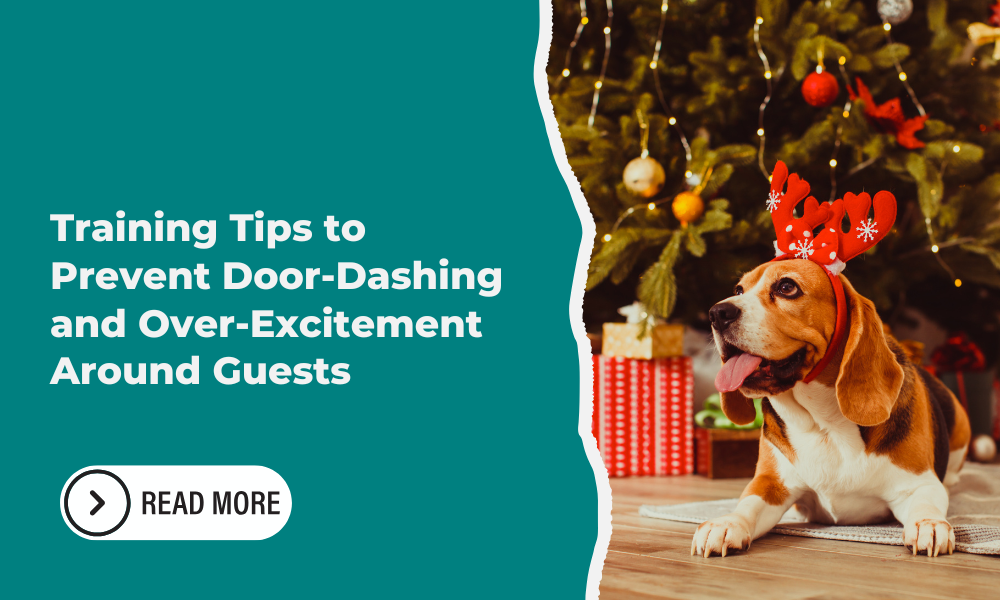Dog Pool & Swimming Safety Tips for Summer
Taking the Lead • August 1, 2025

Here are some essential swimming safety tips to make sure your pup stays safe and happy in the water this summer:
1. Know Your Dog’s Swimming Ability
Not all dogs are natural swimmers. While breeds like Labs and Golden Retrievers may take to the water like champs, others may struggle. Many of us love taking our pups to dog-friendly lakes or pools—but always introduce your dog slowly and never assume they can swim.
Local Tip: If you're unsure, ease your pup into the water at one of the calmer beach areas at Alum Creek State Park or Blendon Woods.
2. Invest in a Canine Life Jacket
Even strong swimmers can get tired or panic. A well-fitted dog life jacket provides extra safety and peace of mind. Look for a vest with a handle on top so you can help guide or lift your dog out of the water if needed.
3. Always Supervise
Never leave your dog unattended around water—whether it’s a large pool, lake, or even a backyard kiddie pool. Dogs can slip or get stuck and panic, which can quickly turn dangerous.
4. Watch Out for Water Intake
Dogs often swallow water while they play. Be cautious of excessive water intake, especially in chlorinated pools or lakes that may contain harmful bacteria. Always have fresh drinking water available and encourage breaks.
5. Rinse Off After Swimming
After a swim in the pool or lake, be sure to rinse off your dog to remove chlorine, salt, algae, or any other debris. It helps keep their coat and skin healthy—and reduces the risk of them licking off anything harmful.
6. Protect Those Paws
Hot poolside surfaces and sand can burn your dog’s paw pads—especially on those 90-degree Columbus days. Try to stick to shaded areas, provide a towel or mat for breaks, and check their paws frequently.
7. Watch for Signs of Fatigue or Overheating
Swimming is tiring, especially for dogs not used to it. If your pup starts to paddle awkwardly, looks distressed, or pants heavily, it’s time to get them out of the water and cool off.
8. Teach a Safe Exit
Make sure your dog knows how to safely exit the pool or get back to the shoreline. Practice using stairs, ramps, or gently leading them out in shallow areas.
9. Avoid Fast-Moving Water
While some dogs love chasing the current, it’s safest to stick to calm waters. Places like Griggs Reservoir Park offer great scenic views without the risk of fast currents.
10. Have Fun—But Be Smart
Swimming can be a great way for dogs to cool off, exercise, and have fun. Just like with kids, a few safety steps can make a big difference in preventing accidents.
Summer can be a blast for your dog with a little water fun—but safety always comes first! Whether you're paddling at Hoover Reservoir or splashing in a backyard kiddie pool, these tips can help keep your pup cool, safe, and smiling all season long.
Looking for more dog-friendly summer tips or training support? Reach out to Taking the Lead—we’re here to help your pup have the best summer ever, with safety, confidence, and fun!


Many dog owners are surprised to learn that the proteins in their dog’s food can sometimes trigger allergies. Research has shown that certain proteins are more likely to cause reactions, with beef, dairy, and chicken being the top offenders. These ingredients are commonly found in dog foods, which may explain why some



Share On: